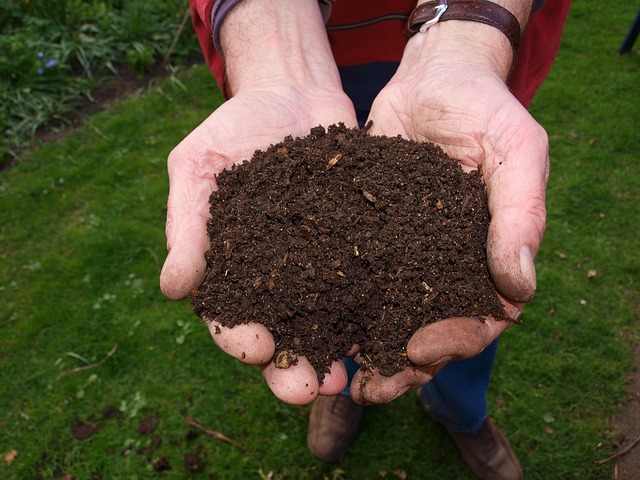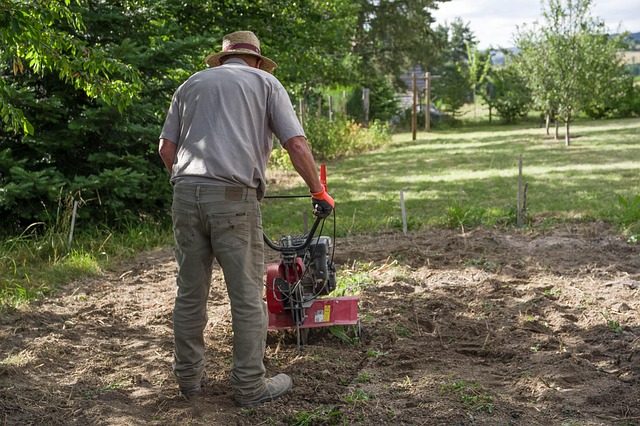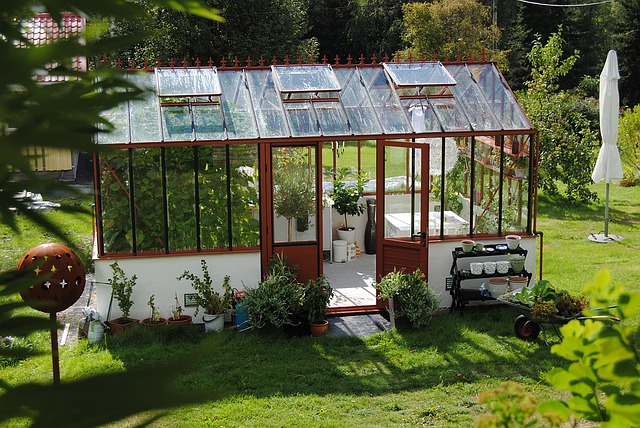You might want to know, what does the above title have to do with gardening? I believe that a gardener can become a Master Gardener by using worms, cardboard/newspapers, composting and Mycorrhizal. For that reason I want to introduce you to the value of these four amazing products.
Worms:
These lowly little creatures are probably the most valuable tool available to gardeners; however, most gardeners have no idea of their value or use. Their addition to your garden will make a great difference in your plants.
It has been said that earthworms are “the most productive soil system known to man.” They may, in fact, be the most important element in growing a productive garden.
A good article explaining the value of earthworms can be found at https://www.wonderopolis.org/wonder/why-are-earthworms-good-for-gardens.
Earthworms act like tiny plows when they live in a garden. As earthworms move through the soil of a garden, they make tunnels. These tiny tunnels allow air and water to get to the plants’ roots. Without access to air and water, plants would not grow well. Worm excrement, called “castings,” is full of important plant nutrients as well.
There are several computer sites where worms can be bought. Like most living things they need to be provided with water and food if they are to grow and make your garden more productive. The purchase of earthworms is one of the better investments a Gardener can make.
Cardboard/Newspapers:
Almost always available and free, cardboard can make a big difference in your garden. Here are several uses that can be made of cardboard and/or newspapers.
First, as a feed for your earthworms: to use them in your grow box simply shred or tear up the cardboard or newspaper, soak it in water, and then liberally spread it in your grow box or garden. If you are building a new grow box, I suggest you place the cardboard in the bottom and then thoroughly soak it and place compost and soil on it. With this done you can now carefully spread your earthworms. Then add more compost, cardboard, and kitchen scraps.
If you plan to build your garden or grow box over weeds or a lawn, the cardboard, earthworms, and natural processes will turn the cardboard to beautiful compost. Most importantly, you didn’t have to spend your time digging out the grass or weeds!
An example of what I plan to do this year is to plant a large squash and corn patch. I will simply lay the cardboard over the field, thoroughly soak it and then place lots of compost, add some earthworms, and cover them with compost and some fertilizer. I will poke holes through the compost and cardboard to place my squash and corn seeds or plants. I believe this will provide a wonderful and healthy crop of both corn and squash. This year try using cardboard and newspaper in your garden!
Composting:
Because of the complications of composting, I intend to make this entry short and later do a complete article on this subject.
The first thing you need to do is decide what kind of bin/container you want. You can build one out of old pallets, cattle fence wire, concrete blocks, or a used fifty-gallon barrel. Whichever one you decide on, locate it close to your garden area.
Start your composting by placing some sticks in the bottom and then alternate between dried leaves, grass or weeds (they provide the carbon), green products like grass, weeds or garden scraps, etc. (the nitrogen), and then add a little manure (fertilizer) and a few shovels of dirt.
Next thoroughly wet the compost. You should repeat this process until your container is filled, making sure you keep it moist.
From time to time I suggest you take a temperature reading to make sure the composting process is working (the temperature should be rising). If not, it’s most likely that you are not keeping it moist.
It will ordinarily take about six months before you will have created some beautiful compost to add to your garden next year. You can also learn more about composting from consulting the internet. This is a must for any Gardener.
Mycorrhizal:
I believe this is one of the most important and valuable resources a gardener has. It is miraculous! If I had not seen the results myself I would never have believed it. Although it is pricey, I highly recommend it.
The best source I have found is on the internet. These are a few of the results you can expect and without any doubt get: larger, more nutritious vegetables/fruit; more healthy plants; and improved surivivability. I cannot say enough about this product.
In summary, it will enhance your garden, increase water and nutrient uptake, promote vigorous plant growth and reduce transplant shock. And there is more, much more that remains unsaid.
Here are several of the most practical ways to use Mycorrzhizal:
Add about three tablespoons to three gallons of water and before you plant your vegetables. Soak each plant (still in container) in the solution until the plant is thoroughly soaked. Before you do this you should have all your holes dug where you plan to bury them. Now carefully remove the plants from the containers and plant them. After you are through planting and if there is any solution left, sprinkle some around each of the plants. You will be amazed at the difference in size of your plants compared to those where you didn’t use Mycorrhizal.
If you have any plants already in the ground, simply take a stick about the size of the pencil and drill holes around the plant about four inches deep and then add one to two teaspoons of Mycorrhizal per hole and then fill with water.
If you are about to plant a bush or tree, thoroughly soak the roots in a container of water and add one to two tablespoons of Mycorrhizal to every 1-3 gallons of water. The results will absolutely amaze you.
If your plants or trees are already planted, you can use the same technique as was described above.
Since I do not have either the space or time, I highly recommend you do some research and discover for yourself the genesis of this truly amazing product. This is truly a miracle of nature!
–By Ron Mann



